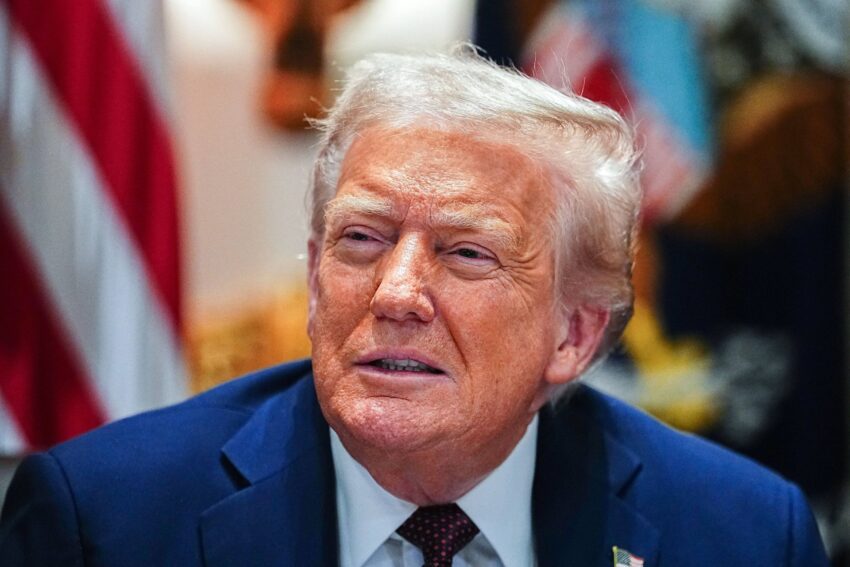President Donald Trump initially claimed that the burden of tariffs would fall on overseas businesses and their customers. However, recent reports indicate that American shoppers are increasingly feeling the impact of rising costs — and “eating” the price hike.
Analysts sound alarm

Economist Elsie Peng, in a note viewed by Fortune, shared Goldman Sachs’ estimate that foreign exporters have absorbed only 14% of tariff costs so far. That number could rise to 25% by October if tariffs continue on their current path. However, U.S. consumers are already seeing more of the costs passed onto them. Peng claimed that about 36% of the 2025 tariff costs showed up in consumer prices after just three months — and that jumped to 67% after four months. “Although the passthrough rate appears to be increasing rapidly over time, it still remains somewhat below the passthrough rate that we estimate at the same point in time during the 2018-2019 trade war,” Peng wrote.
Prices impacted

U.S. businesses seem ready to shift more of the cost onto consumers. In the latest U.S. CEO Confidence report from The Conference Board, 64% of CEOs said they plan to raise prices in response to tariffs. Another 16% are still deciding. That’s reportedly higher than earlier numbers. In June, a New York Fed survey found only 45% of services firms planned to pass on the full cost of tariffs.
Tariffs fuel inflation

If more costs are pushed onto consumers, it could make the Federal Reserve’s job of keeping inflation near its 2% target harder. Goldman Sachs warned, “Our analysis implies that tariff effects have boosted the core PCE price level by 0.20% so far. … We expect another 0.16% impact in July, followed by an additional 0.5% from August through December. This would leave core PCE inflation at 3.2% year-over-year in December, assuming that the underlying inflation trend net of tariff effects is 2.4%.”
Signs of rising prices

Other analysts are also seeing early signs of inflation. In a recent report, Macquarie’s North America economists David Doyle and Chinara Azizova pointed to the June CPI data as evidence. “Notable price pressures were apparent in household furnishings and supplies, apparel, video and audio products, sporting goods and toys. This list suggests impacts from tariffs on the data,” they said. “One measure that reflects this is core goods ex used cars and trucks. This accelerated to +0.3% MoM, its strongest pace since Feb-23. It also shows an accelerating monthly trend.”
The post Goldman Sachs issues warning on tariff-prompted inflation appeared first on Knewz.
Click this link for the original source of this article.
Author: Isabella Torregiani
This content is courtesy of, and owned and copyrighted by, https://knewz.com and its author. This content is made available by use of the public RSS feed offered by the host site and is used for educational purposes only. If you are the author or represent the host site and would like this content removed now and in the future, please contact USSANews.com using the email address in the Contact page found in the website menu.





